Mammoth 350-foot asteroid set to pass Earth today, says NASA! Know how close it will get
An Apollo group asteroid, estimated to be nearly 350 feet wide, has been tracked in its orbit and is expected to pass Earth today, February 29. Know its speed, distance of approach and more, as per NASA.

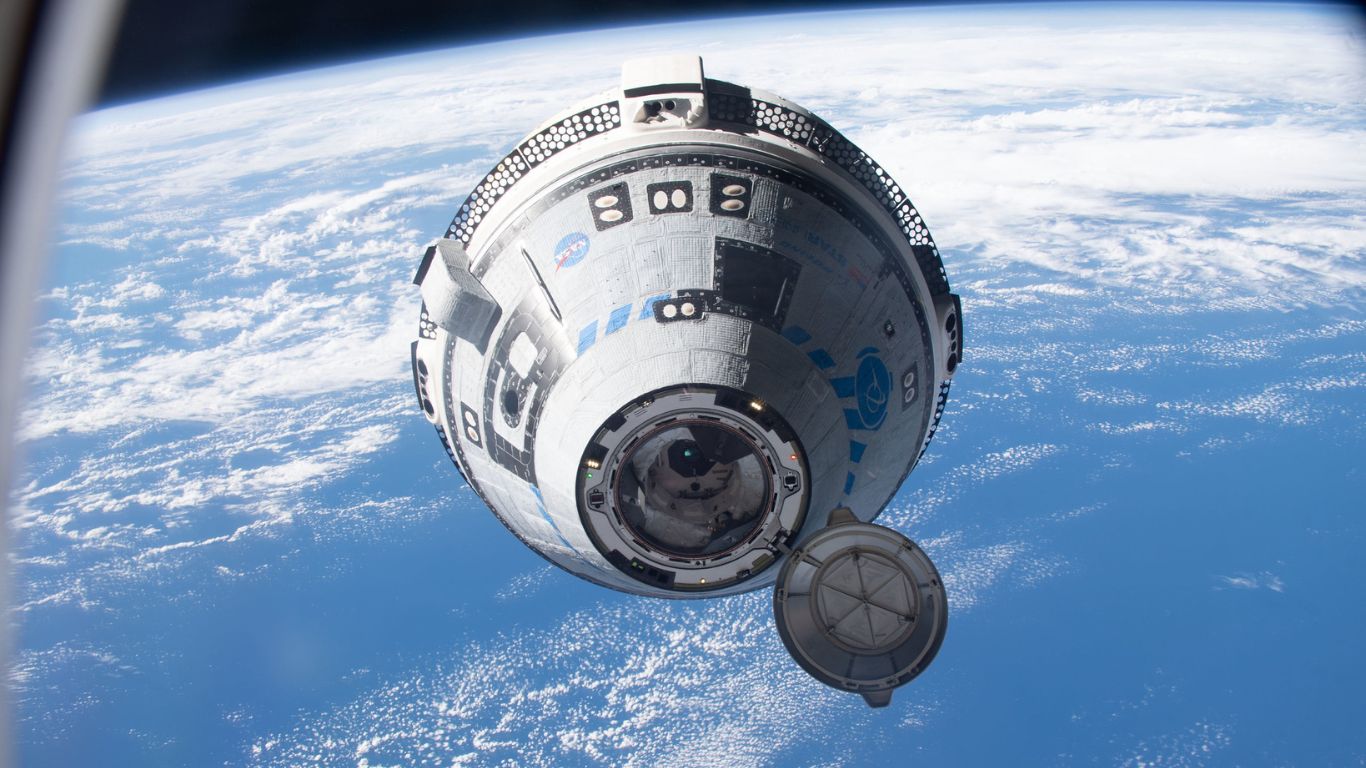
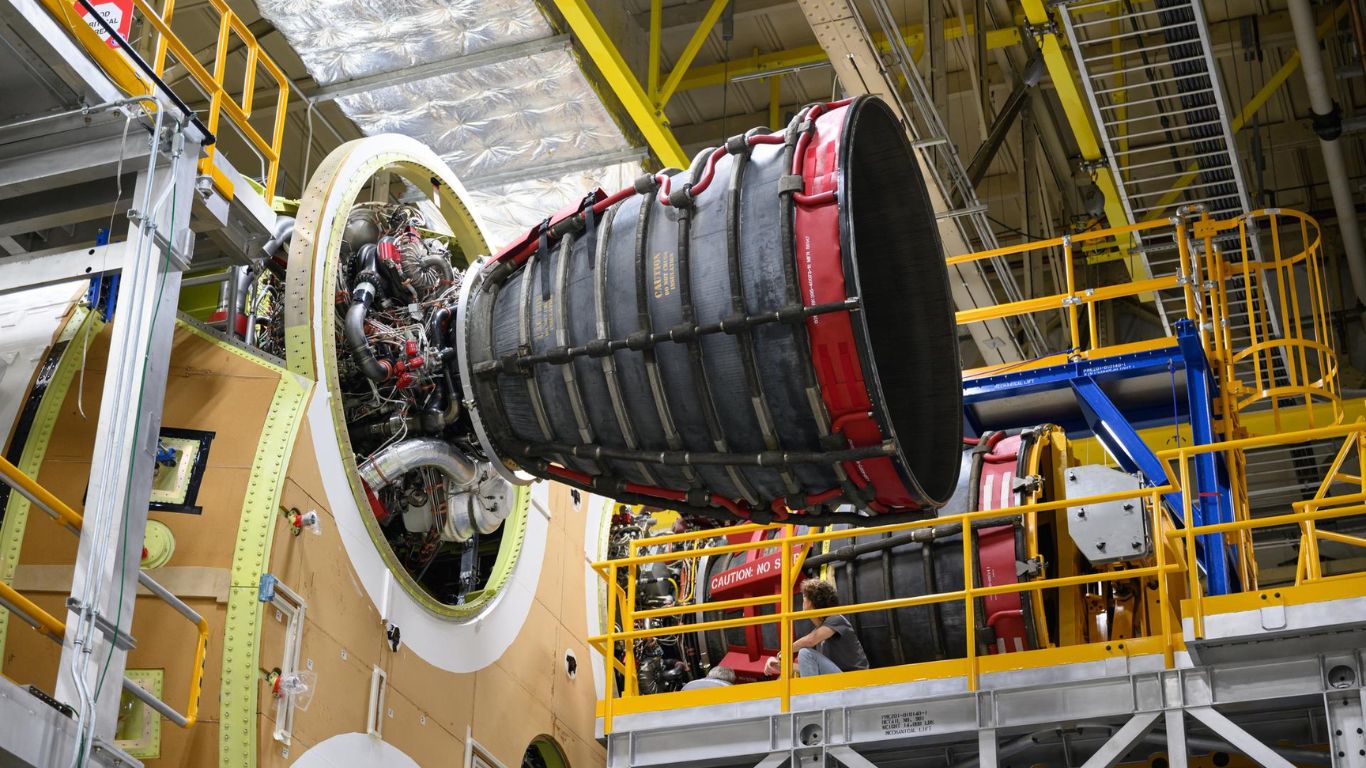
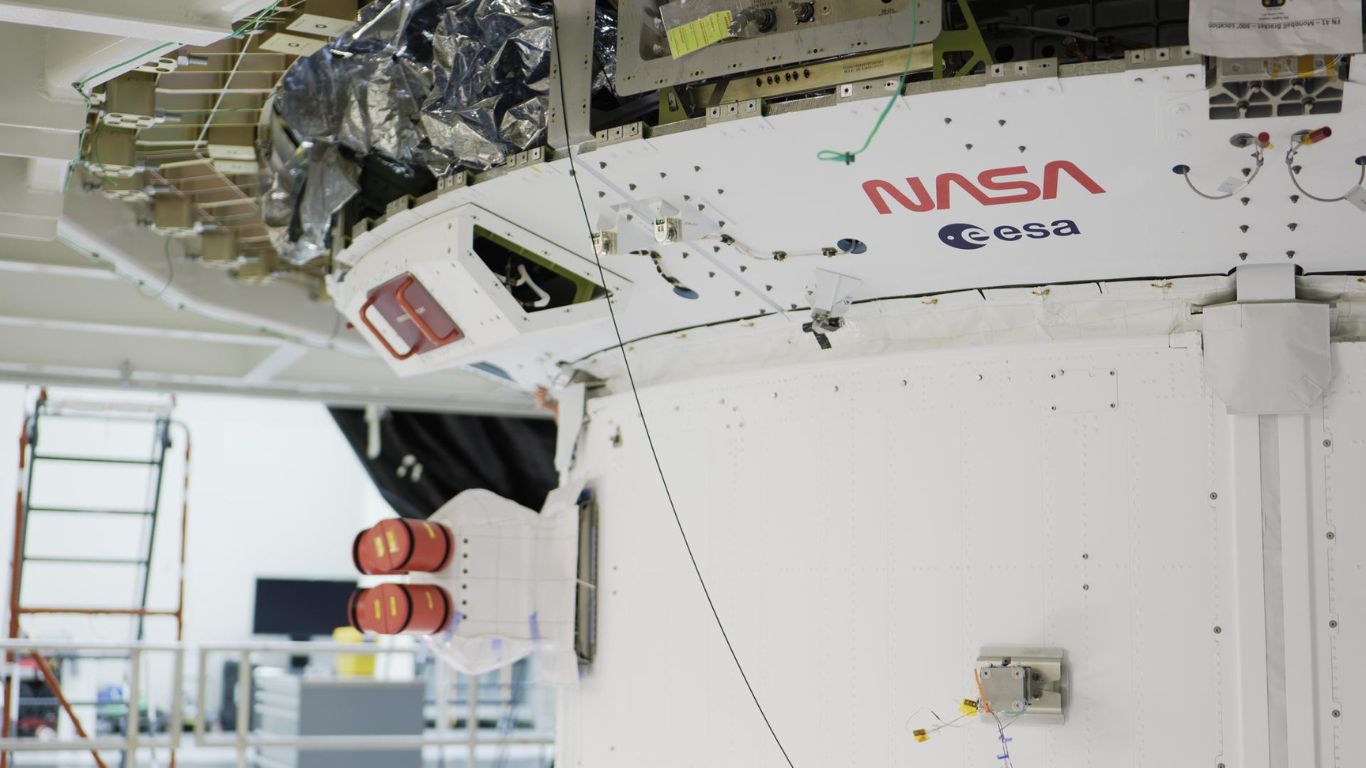
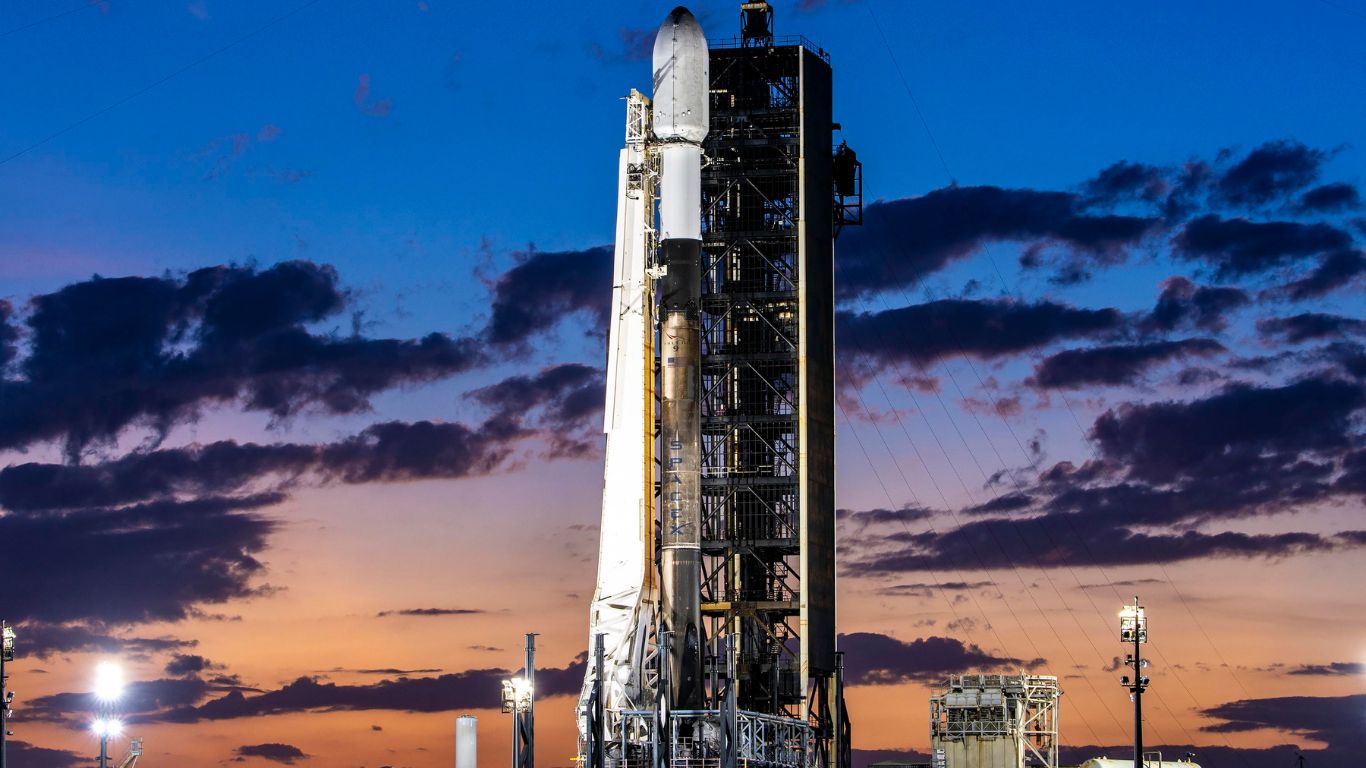

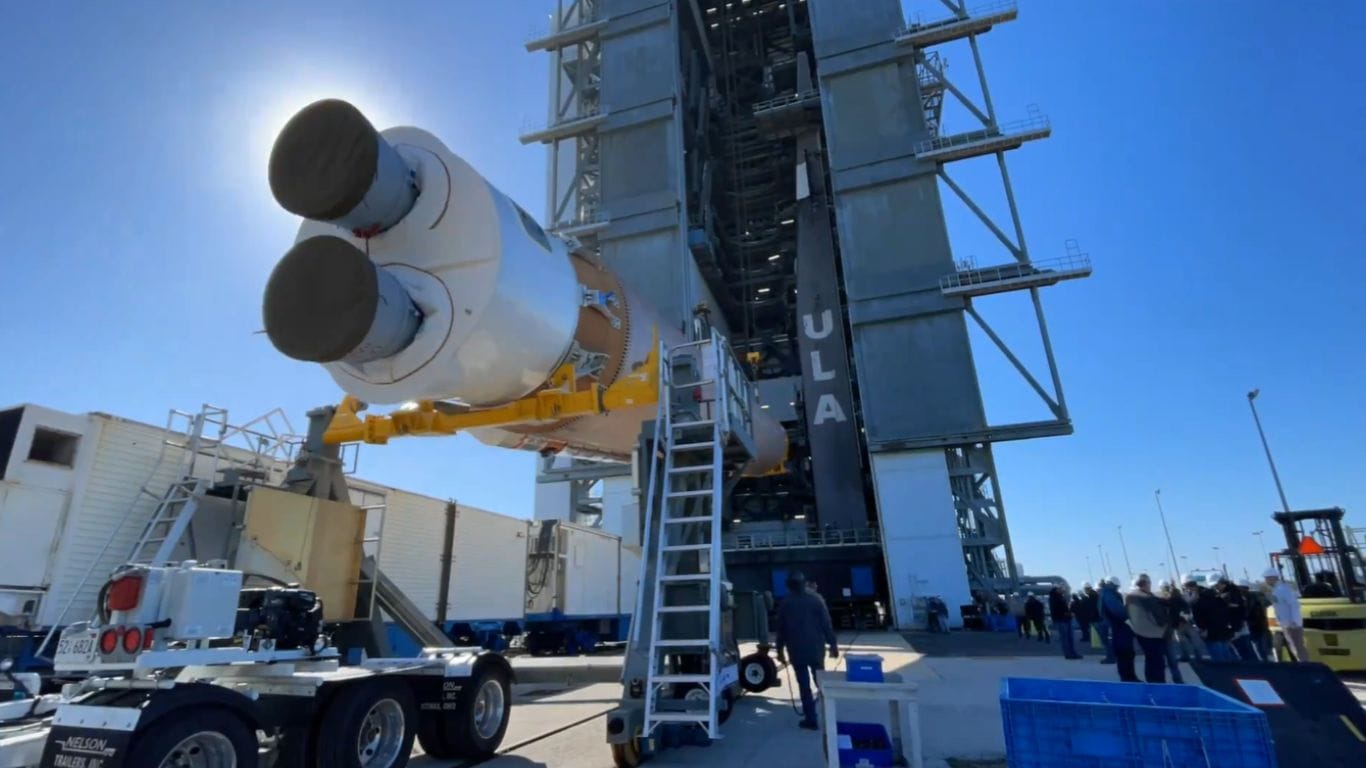
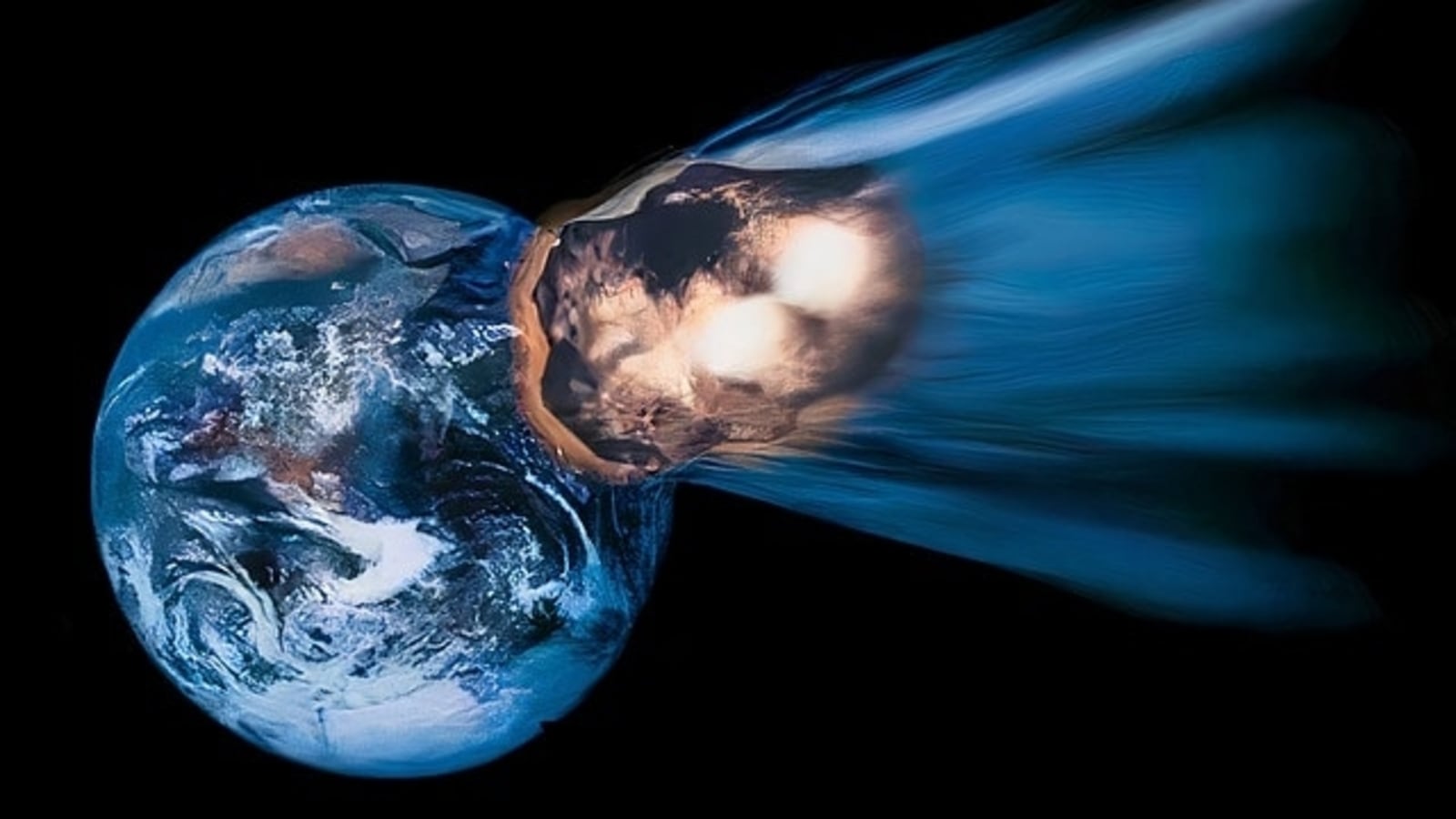
 View all Images
View all ImagesAs many as two asteroids passed Earth yesterday in close proximity. One of them was nearly 120 feet wide, which is nearly the size of an aircraft! Despite their close approaches, these asteroids did not pose a threat to Earth and had no chance of impact. But how do these space rocks come close to the planet? NASA says this happens due to the interaction with a large planet's gravitational field, which can send the tumbling towards a planet, raising a potential impact scenario. With the help of its advanced tech, the US Space Agency has shed light on another asteroid that is set to pass Earth today, February 29.
Asteroid 2024 CA7: Details of close approach
NASA says this asteroid has been designated as Asteroid 2024 CA7 by the Center for Near-Earth Object Studies (CNEOS), an organization dedicated to studying NEOs and their potential impact on the planet. It is predicted to pass by Earth at a distance of approximately 5.69 million kilometers. While this distance might seem like a lot, it is quite less in astronomical terms.
As per the space agency, the asteroid has been tracked in its orbit, travelling towards Earth at a breakneck speed of 116,965 kilometers per hour, which is almost twice the speed of a space shuttle!
How big is it?
NASA says the asteroid that is approaching Earth isn't big enough to be classified as a Potentially Hazardous Object. Asteroid 2024 CA7 is estimated to be almost 350 feet wide, which is not big enough to be classified as a Potentially Hazardous Object. In terms of size, it is nearly as big as a building!
It belongs to the Apollo group of Near-Earth Asteroids, which are Earth-crossing space rocks with semi-major axes larger than Earth's. These asteroids are named after the humongous 1862 Apollo asteroid, discovered by German astronomer Karl Reinmuth in the 1930s.
This will be Asteroid 2024 CA7's first-ever close approach in history. According to NASA CNEOS, it is not expected to pass the planet again in the near future.
Also, read other top stories today:
Navigation becomes easy! Google Maps Glanceable directions update is rolling out to users and it provides new, easy-to-use navigation features. Some interesting details in this article. Check it out here.
Google Gemini under scrutiny! After Google Gemini sparked a racism row, CEO Sundar Pichai had some tough things to say. Read Sundar Pichai's tough talk to staff here.
Google's shoddy job! Google has a chronic habit of dashing off half-baked AI products and neglecting safety checks. Read all about it here.
One more thing! We are now on WhatsApp Channels! Follow us there so you never miss any updates from the world of technology. To follow the HT Tech channel on WhatsApp, click here to join now!
Catch all the Latest Tech News, Mobile News, Laptop News, Gaming news, Wearables News , How To News, also keep up with us on Whatsapp channel,Twitter, Facebook, Google News, and Instagram. For our latest videos, subscribe to our YouTube channel.





























